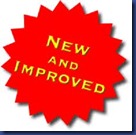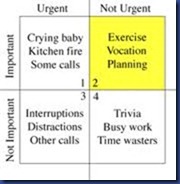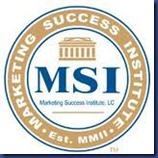 Businesses experience seasonal challenges. Some industries like retail and shipping follow annual cycles each year. Others experience seasonal cycles that may last years. Even economies experience seasonal cycles ranging from boom to bust. We currently suffer from a major recession. Yet, even recessions follow 7 year cycles. Though the last few recessions come quicker and go deeper, this is a big one.
Businesses experience seasonal challenges. Some industries like retail and shipping follow annual cycles each year. Others experience seasonal cycles that may last years. Even economies experience seasonal cycles ranging from boom to bust. We currently suffer from a major recession. Yet, even recessions follow 7 year cycles. Though the last few recessions come quicker and go deeper, this is a big one.
In addition to seasonal cycles and economies, individual businesses also experience down times. You may anticipate certain downturns depending on the age of the business.
- Startup: It takes time for a business to start generating revenue. Then, the owner needs to plow the revenues back into the business. The startup phase can generate feelings of rejection and despair. It takes time to get the first purchase. It takes even more time to build a strong, sustainable clientele. The continued lack of income breeds uncertainty in the business owner. Their dreams of throngs of clients begging to buy the product or service fade. Absence of sales tempts the owner to close the business. Some businesses should close. Others deserve to succeed.
- Expansion: Periods of growth and expansion also decrease the revenues that go to profit. You have to invest revenues into new facilities, staff, and equipment. Expansion also entails risk. Risk increases feelings of anxiety. Paradoxically, many business owners worry the most about their business during times of expansion.
- Decline: All products, services, and businesses experience periods of growth, sustainability, and decline. Decline results from expired patents, copies or improvement by competitors , market saturation, or loss of interest. The term “new and improved” represents business owners trying to delay decline. During a business decline business owners may lose confidence. Once again, the temptation to close the doors looms. The decline phase of a business provide opportunities to reassess, explore new options, rejuvenate the brand, or close the business.
Discerning whether to close a business or try to resuscitate it requires objective assessment. Too many business owners blindly make changes without a plan or analysis. If your analysis indicates a change is needed, then make it. If nobody wants your product, either fix it or quit. If your marketing plan contains flaws improve it. If, however, no matter what you do you will not make money. Give up. Do not continue drilling a dry well.
You should not change a strong product, operations, or marketing plan unless you find a flaw in it. Good plans for good products will generate success in time. Reevaluate your plan. Test your product. Refine what you need to. Stick with your business when times get tough.















